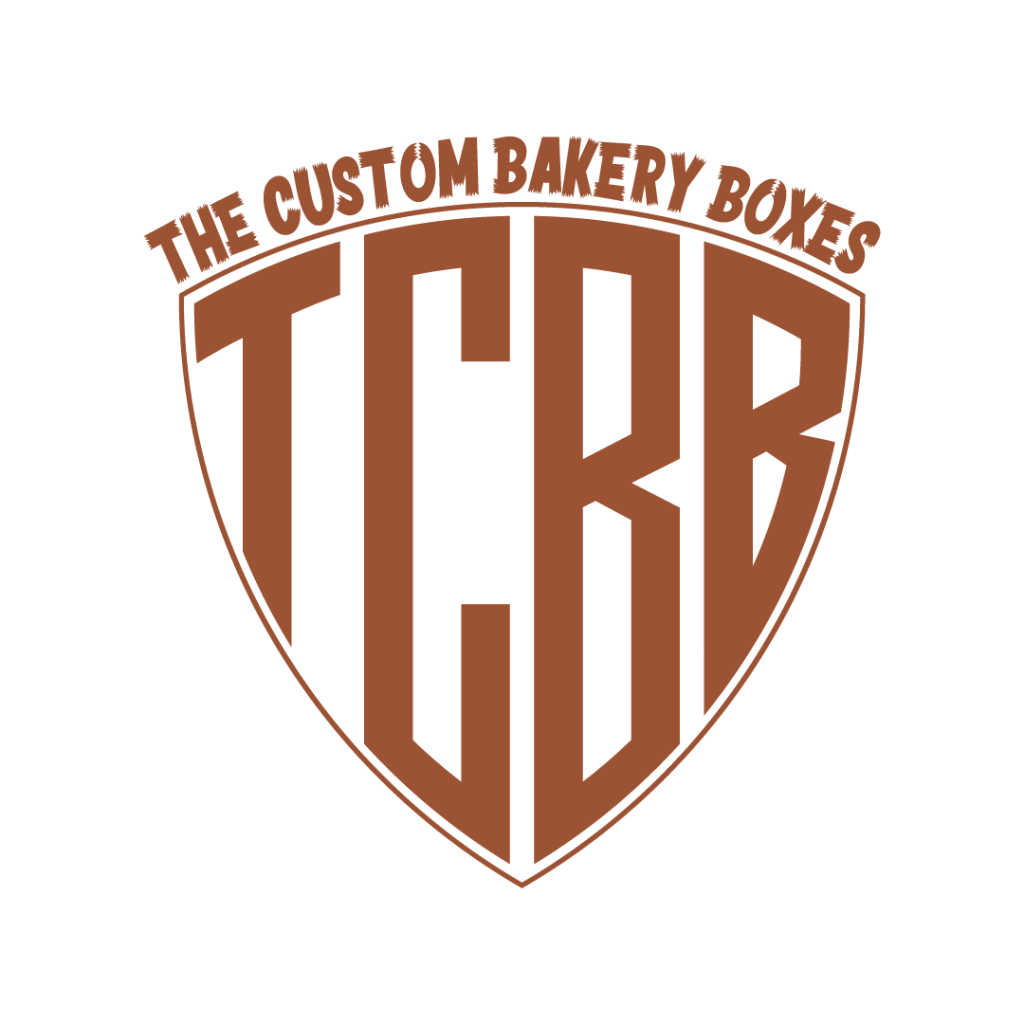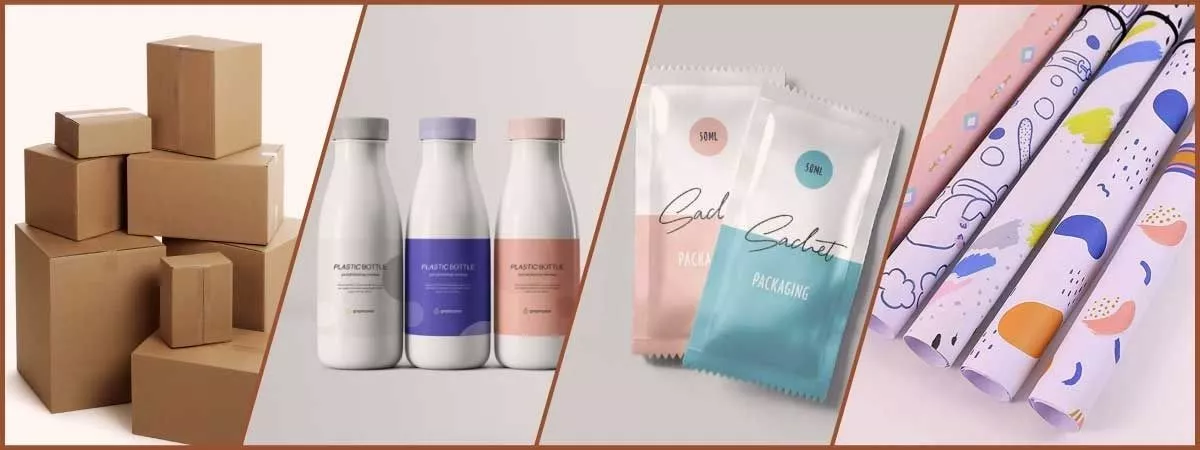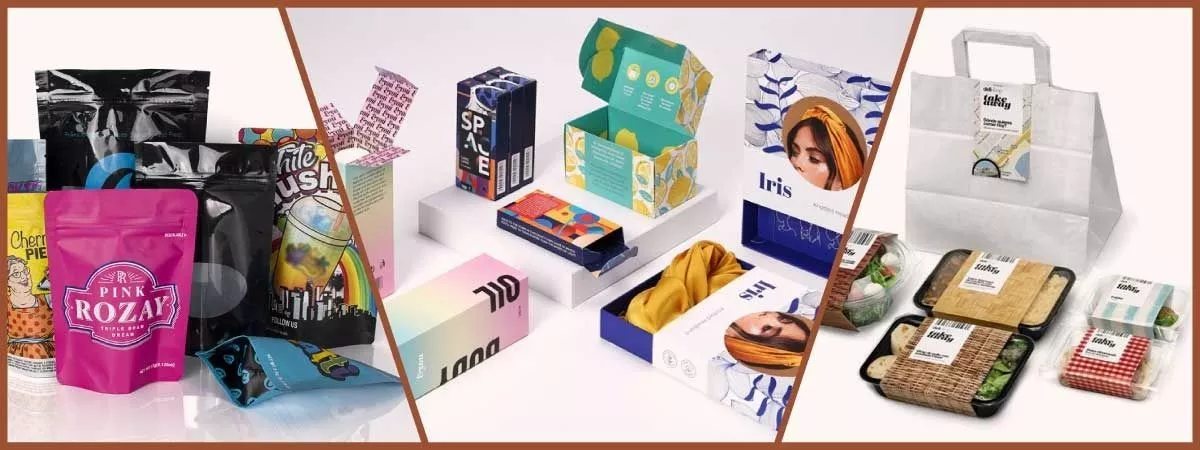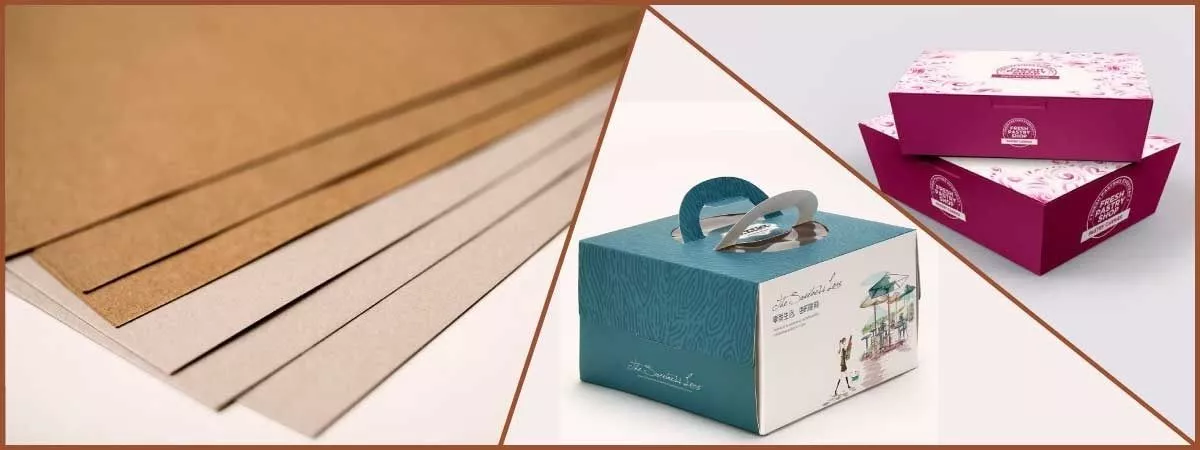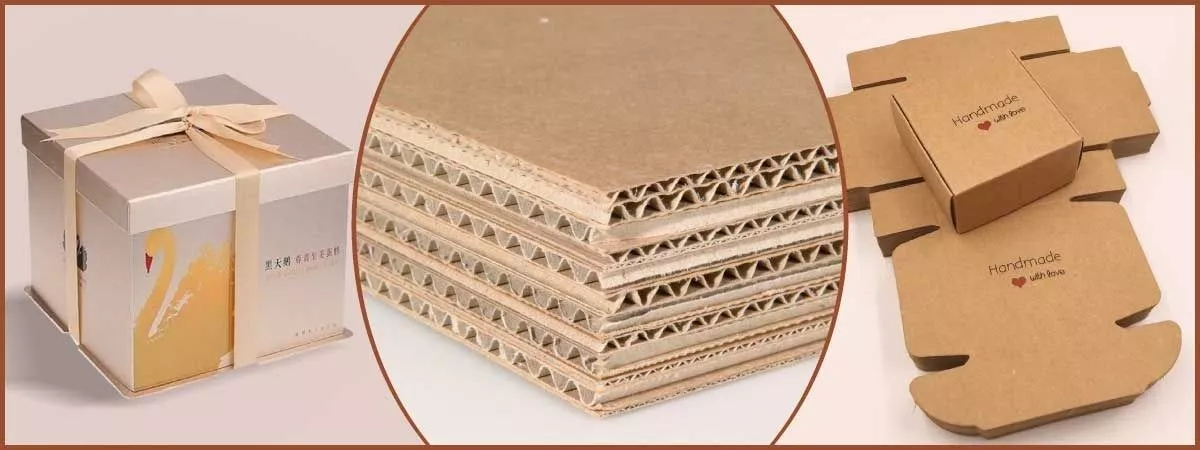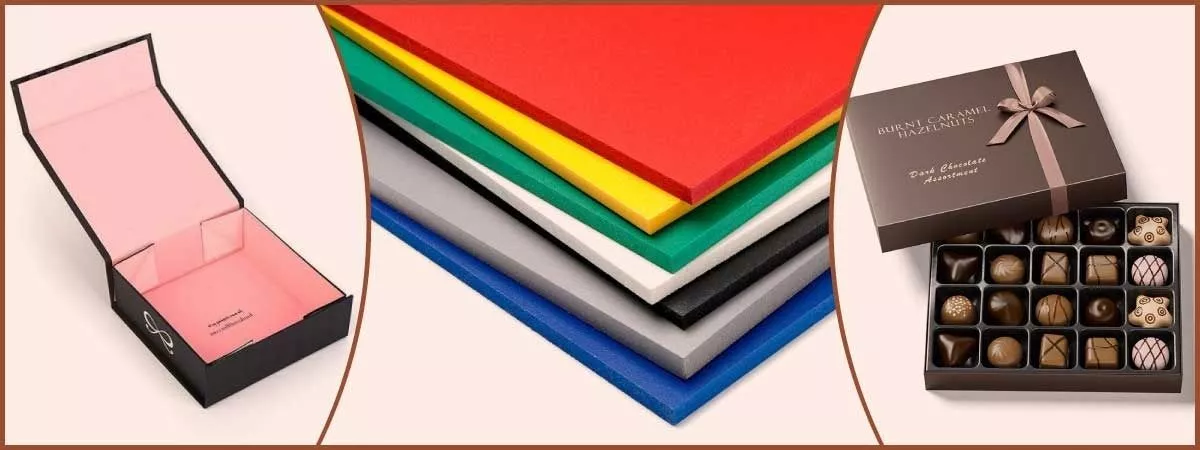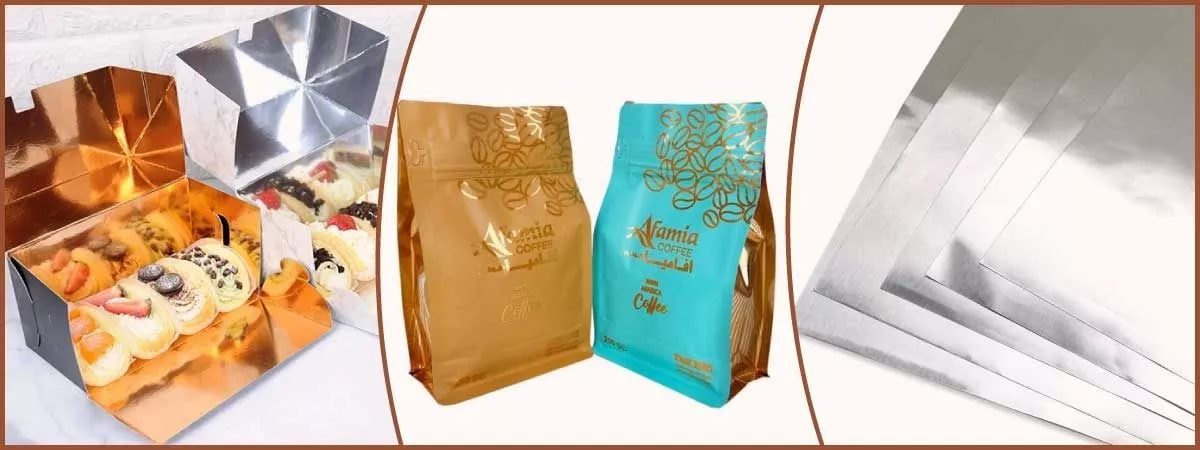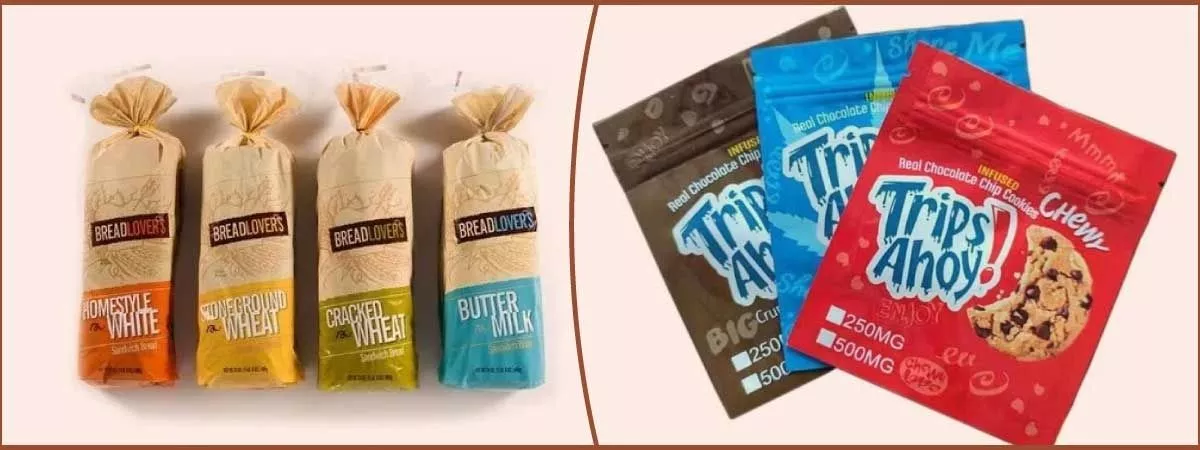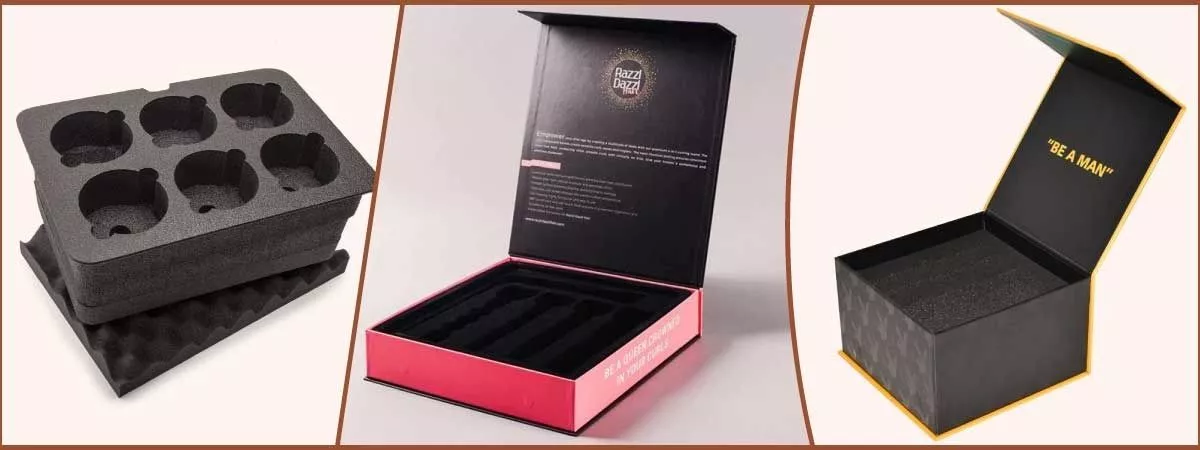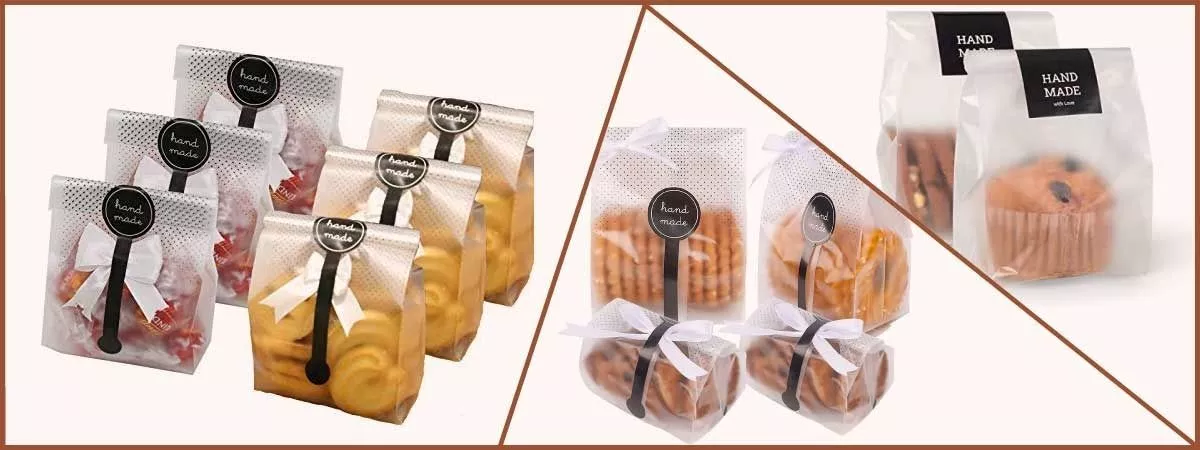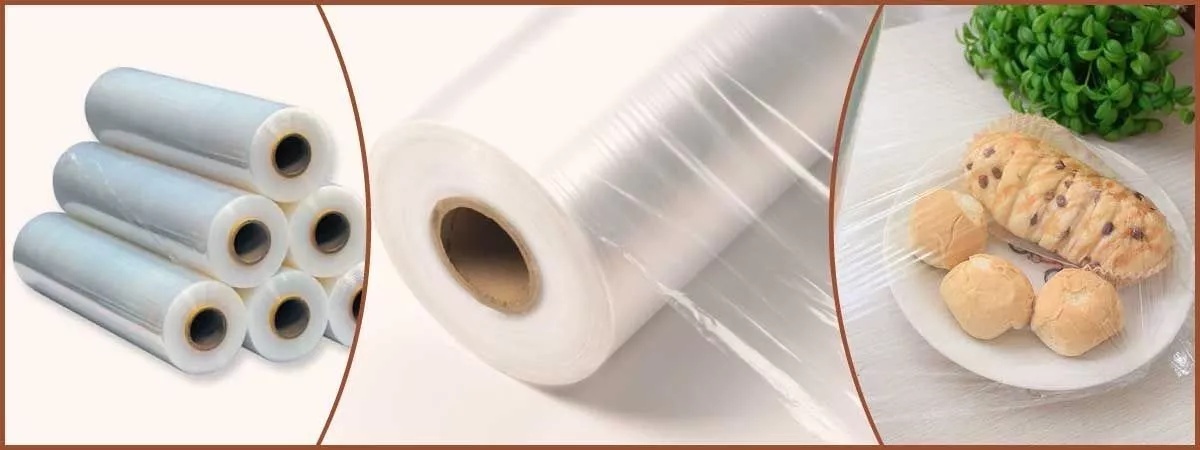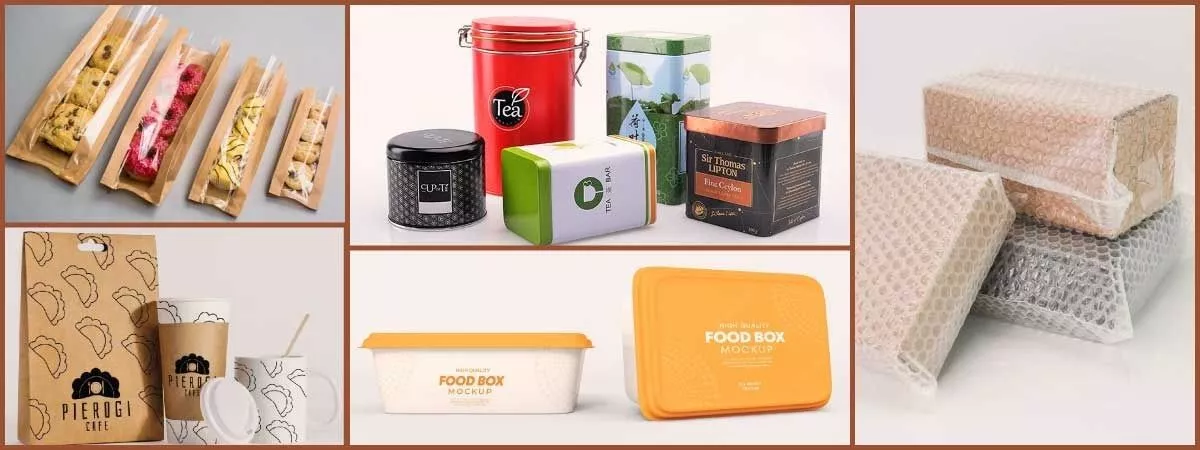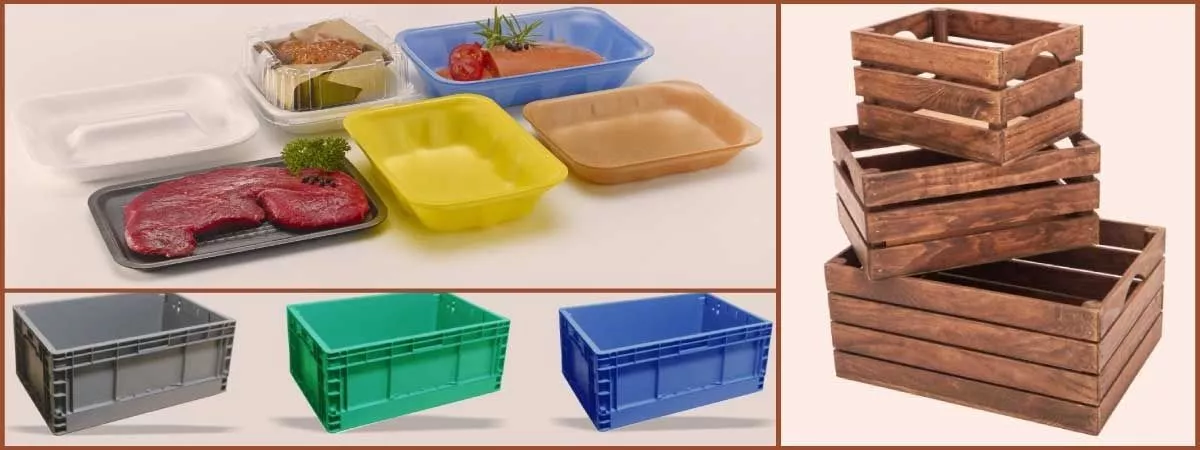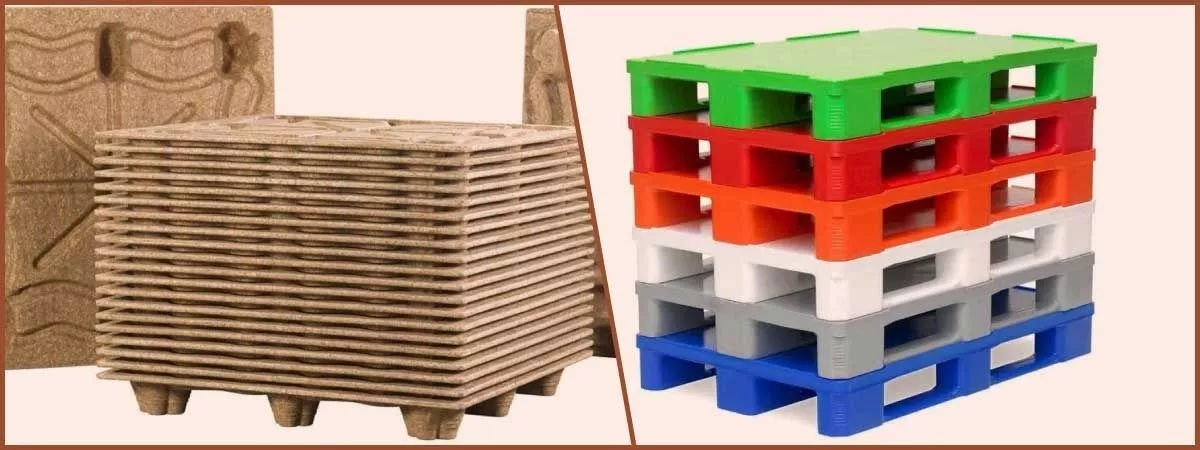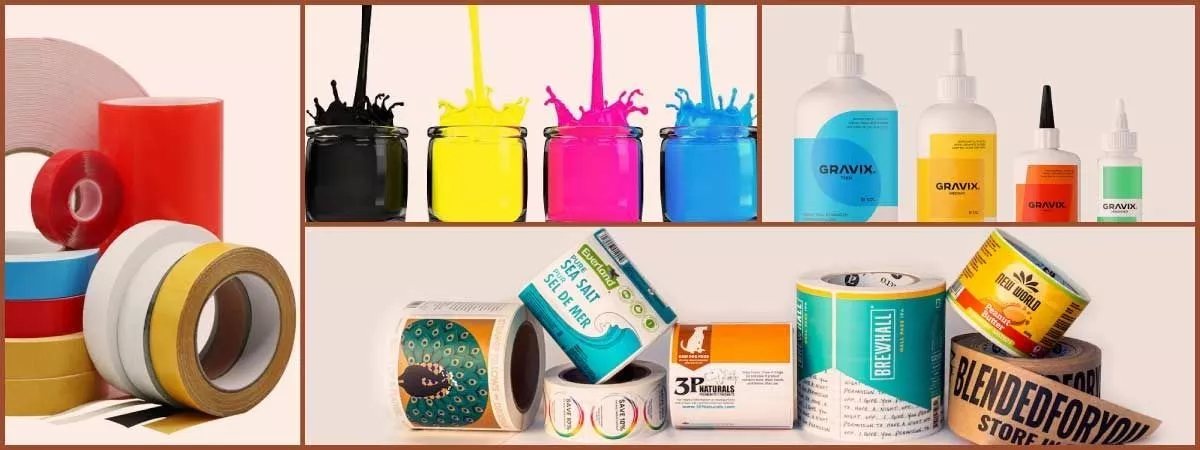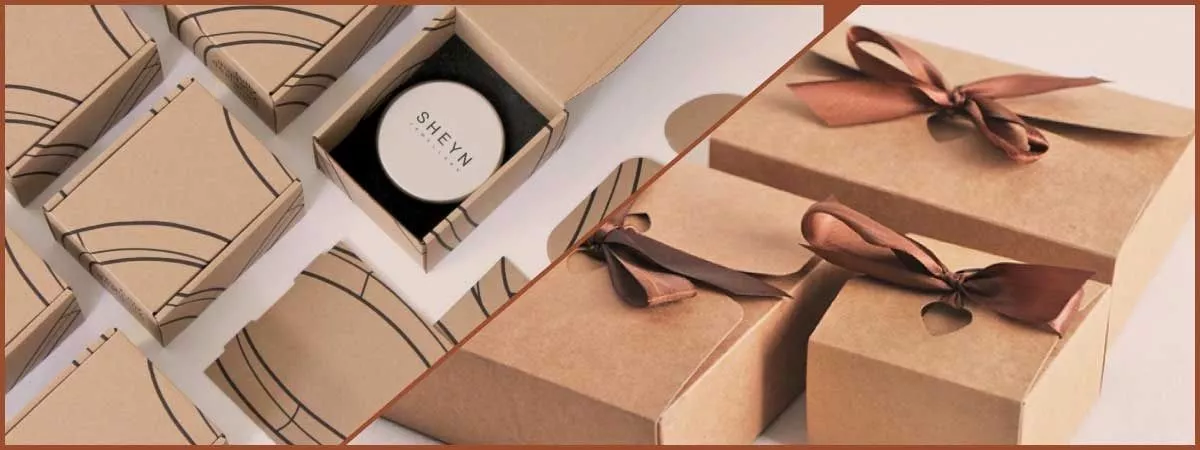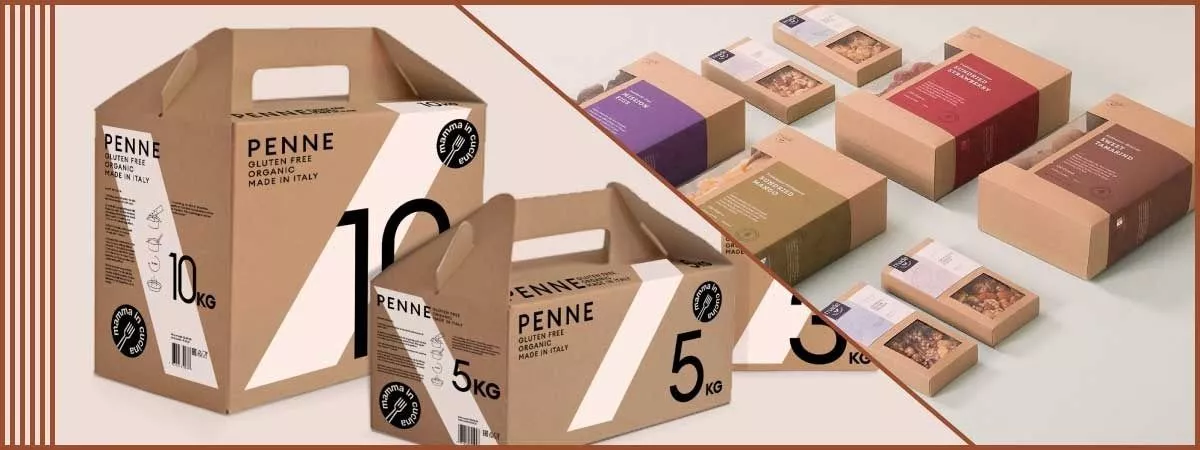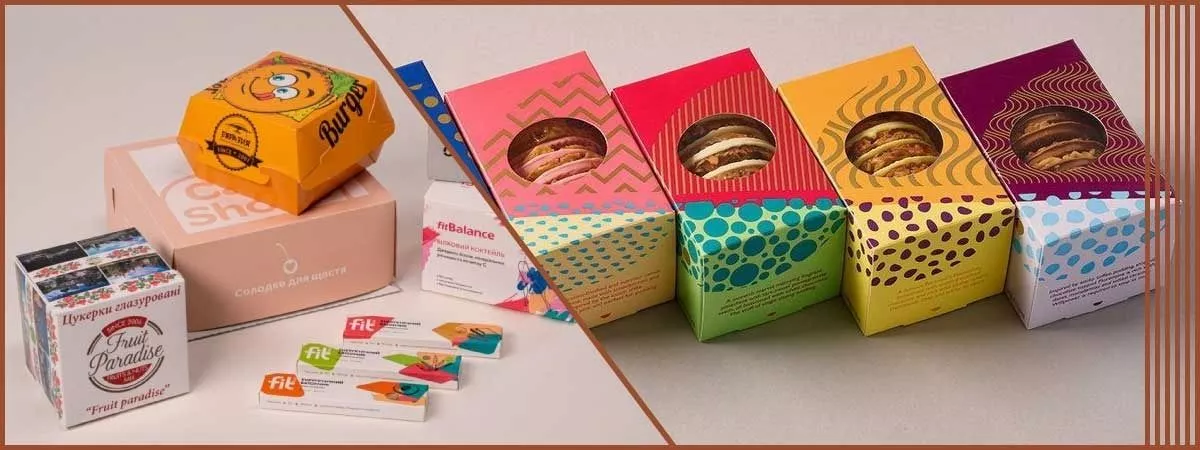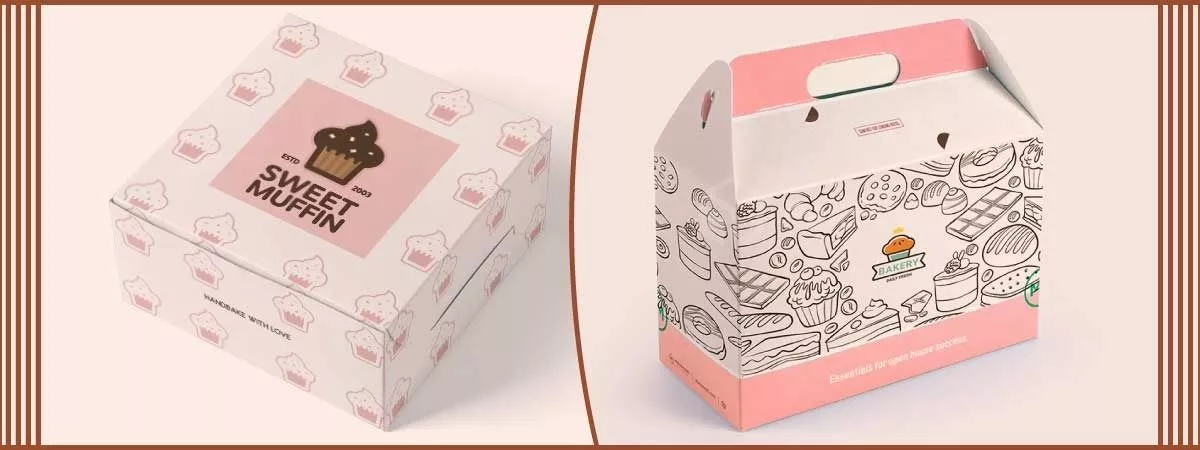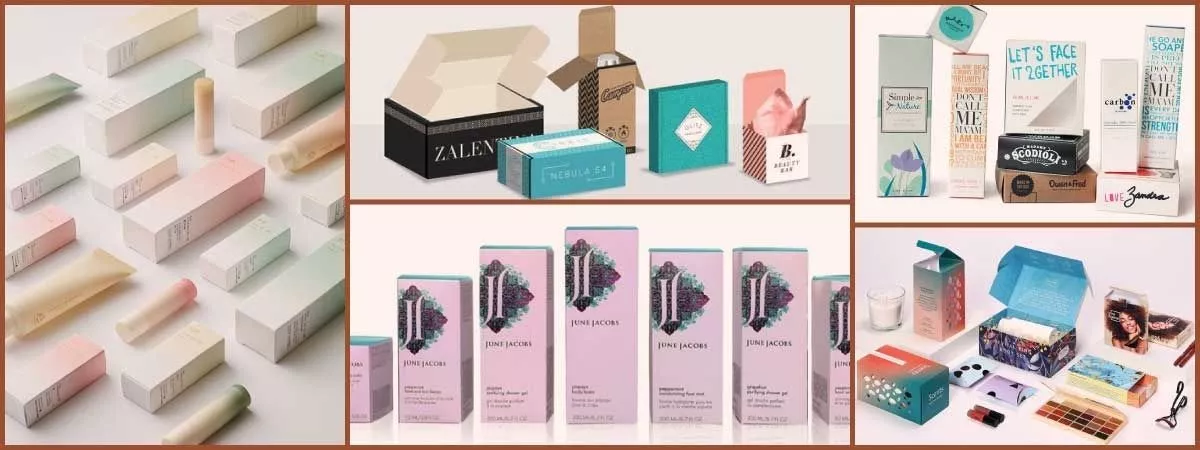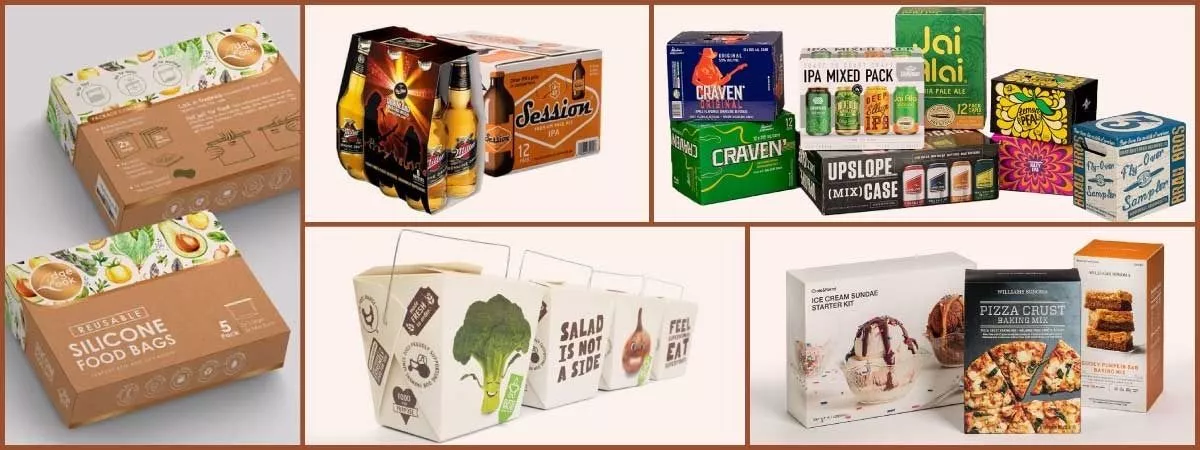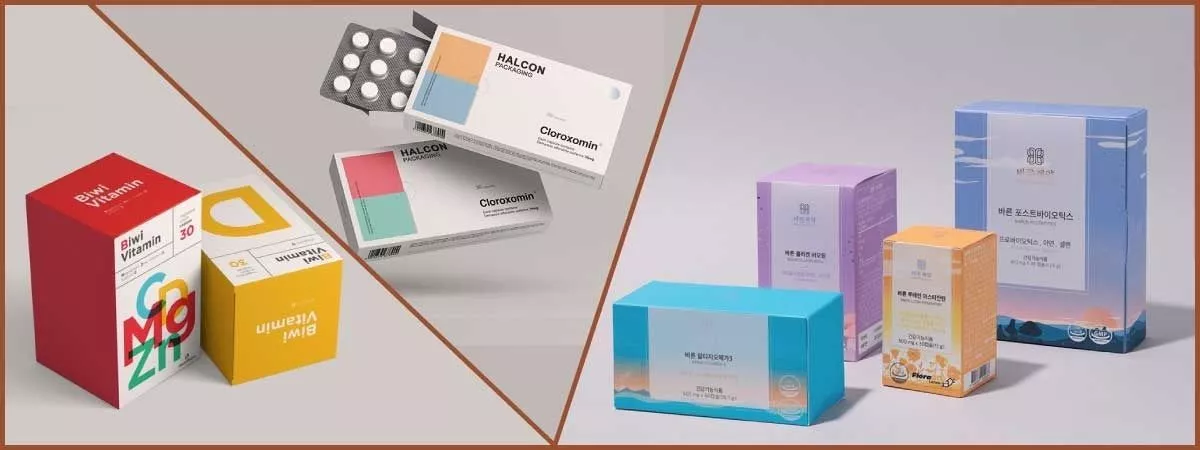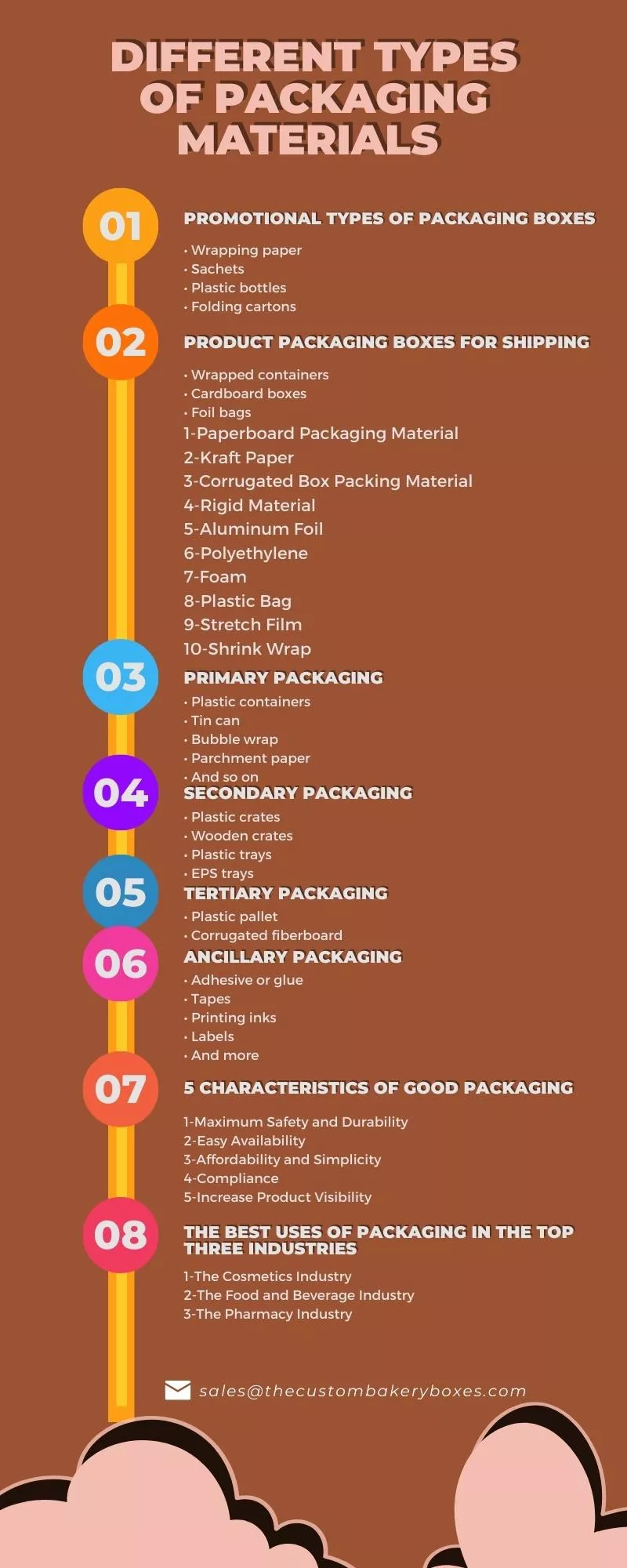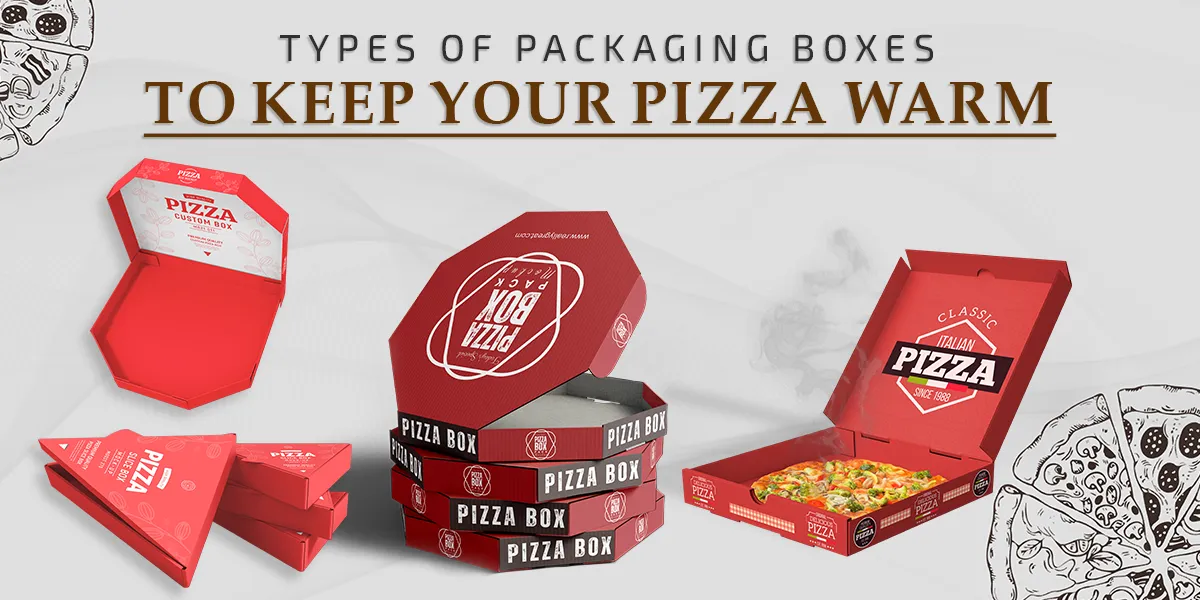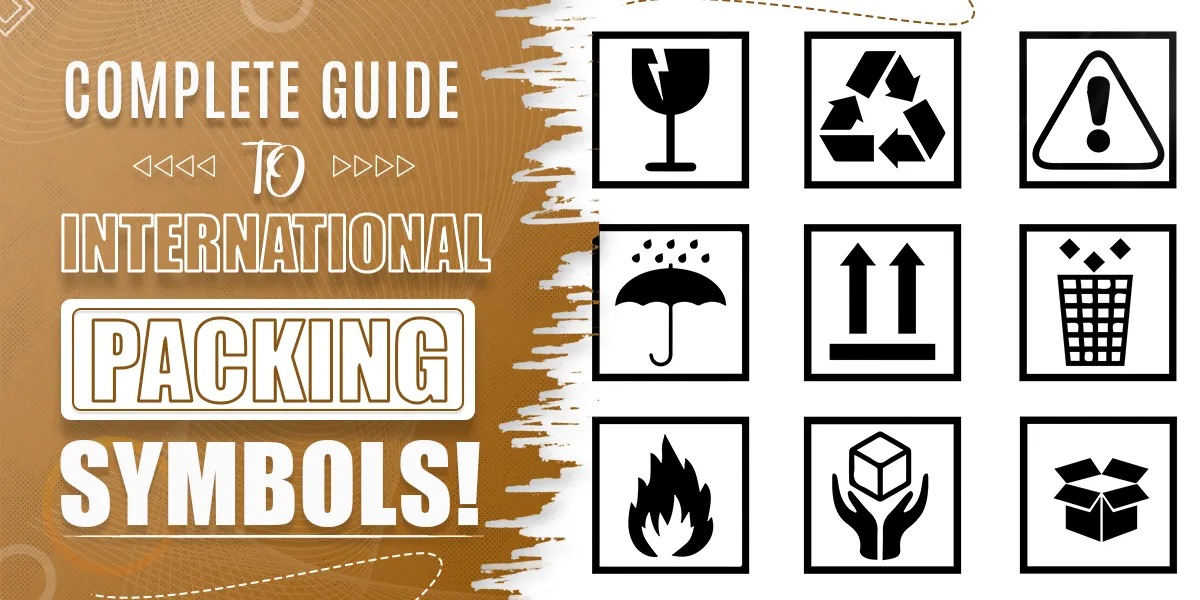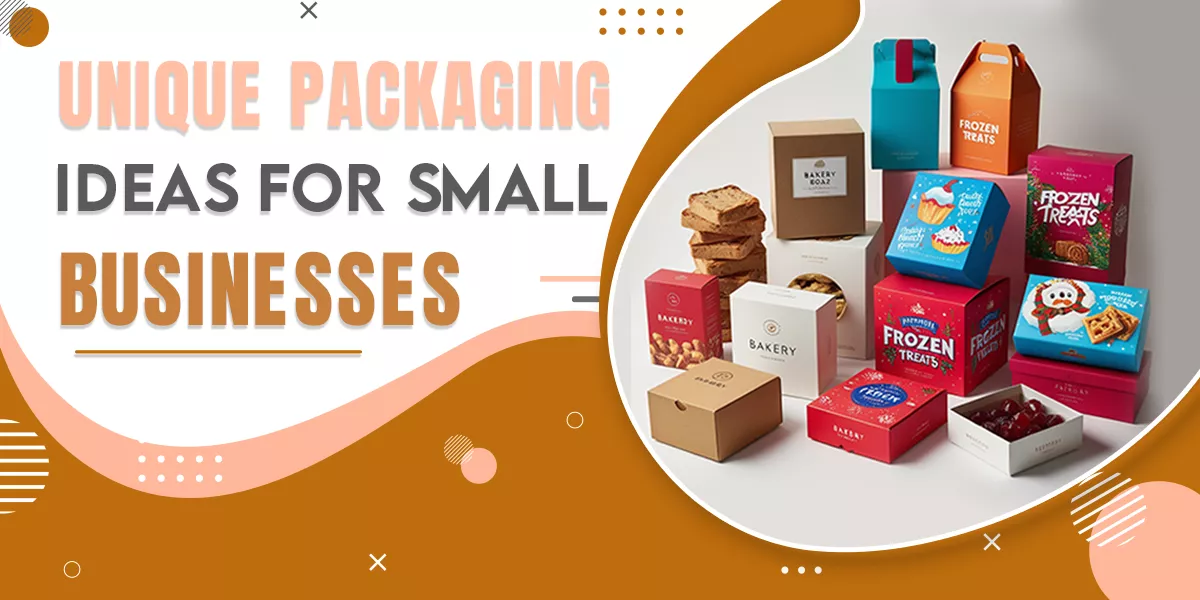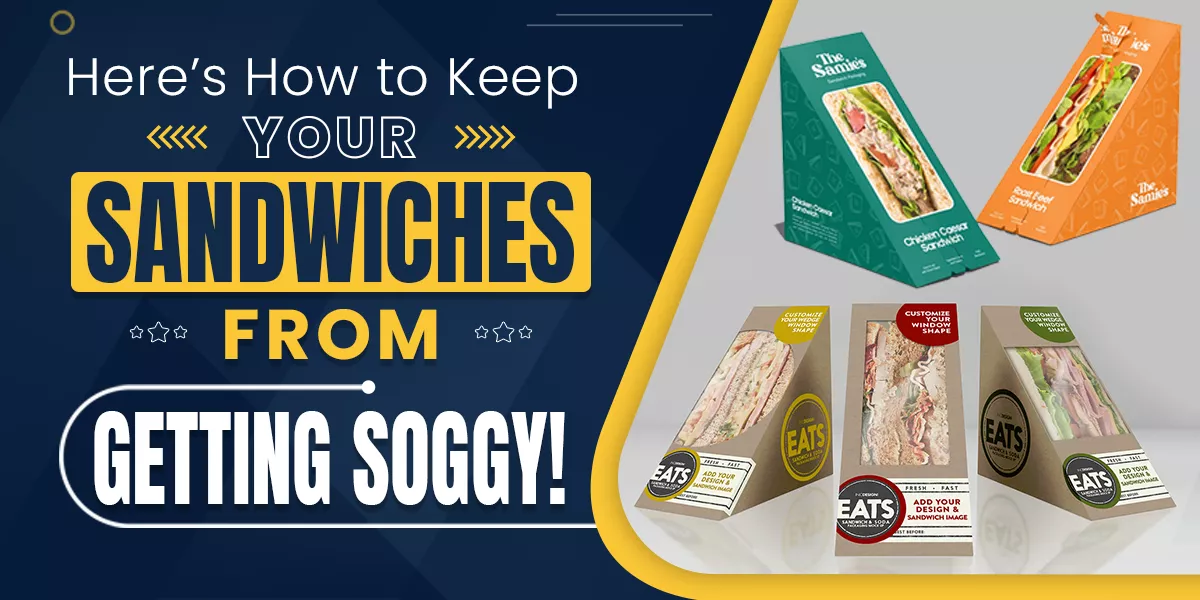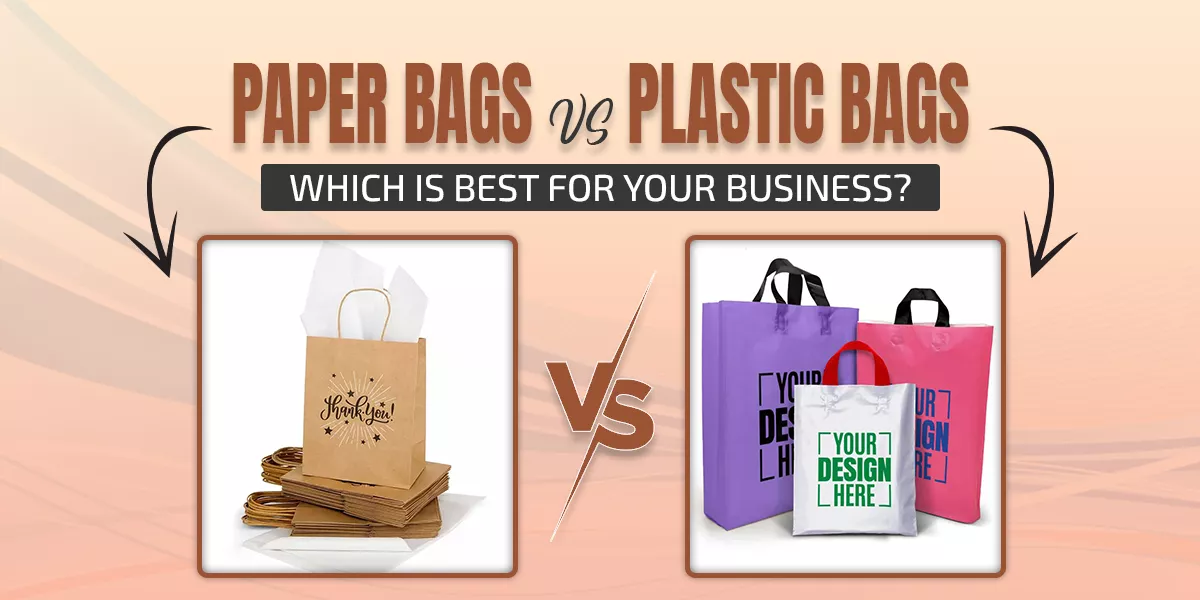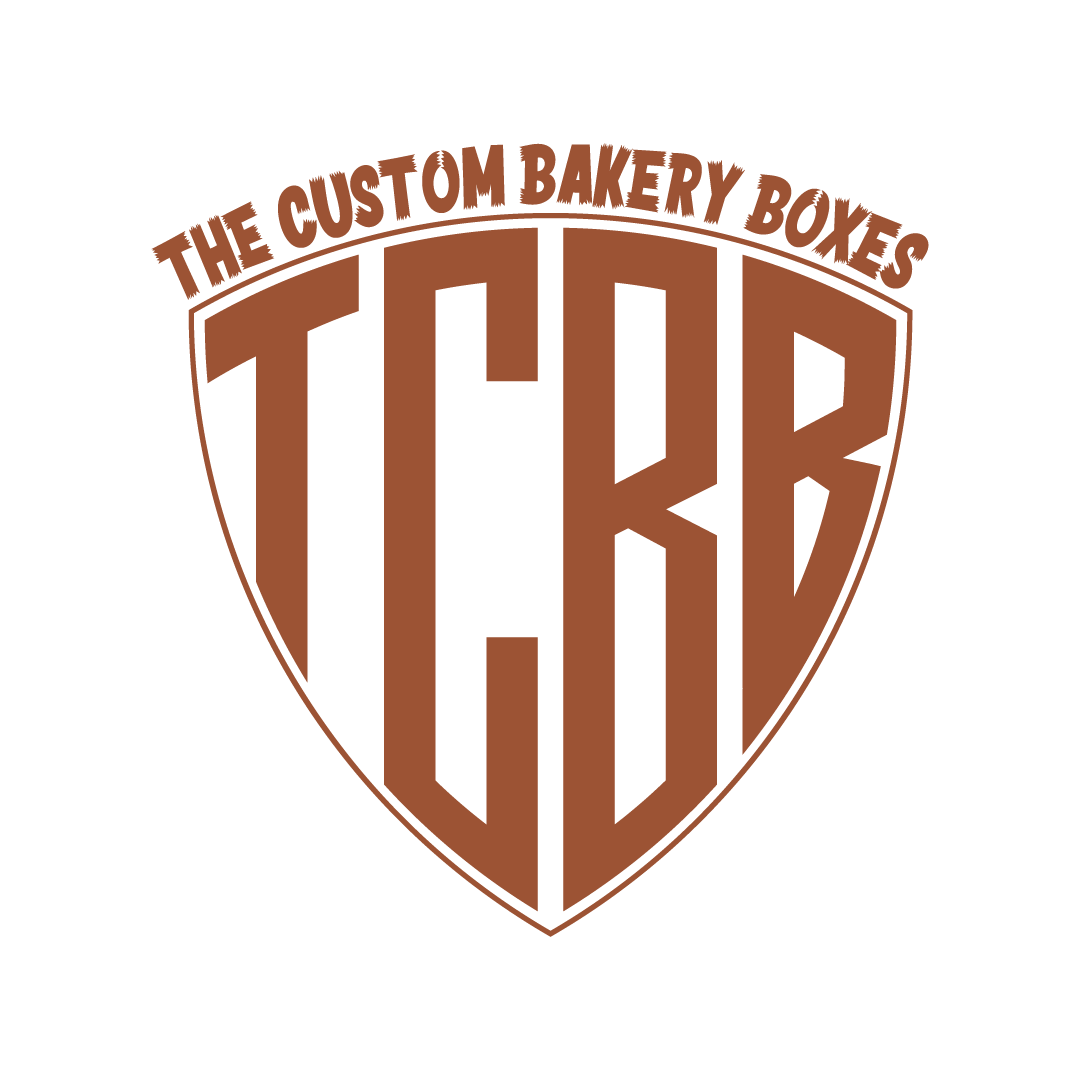If you offer products, you surely want to make good sales in the market. In this context, you need to deliver a WOW product display. This depends on how you pack your product. Accordingly, the materials you use to produce your packaging material matter the most here. Durable and practical packaging will not only help you protect your product. More than that, it will facilitate your ability to make good sales. To make things easier, you first need to understand the different types of packaging materials for food boxes, cosmetic boxes, consumer products boxes, gift boxes, electronics boxes, and custom bakery boxes. So, let’s explore them along with their best features!
What Are the Different Types of Packaging?
Before deciding which packaging material is best, let’s first understand the main types of packaging. Basically, we can find two main types of packaging. These two types are ideal for all the kinds of products you have.
Let’s have a look!
- Promotional Packaging
- Product Packaging
Promotional Types of Packaging Boxes
These promotional types of packaging boxes protect products from potential damage. At the same time, they will also promote your products on retail shelves.
Examples in this category include:
- Wrapping paper
- Sachets
- Plastic bottles
- Folding cartons
Product Packaging Boxes for Shipping
These product packaging boxes are perfect for distribution, delivery, and other marketing purposes.
Types of packaging materials for shipping include:
- Wrapped containers
- Cardboard boxes
- Foil bags
This conventional packaging is not the same as industrial packaging. In addition to materials, you need to apply unique and attractive designs to catch more eyes.
List 10 Packaging Materials Preferred by Many Businesses
With more products appearing these days, the packaging business comes in handy to help many businesses survive. Today, we can find different types of packaging boxes with a single click. Yet, to create the right packaging for your products, you need to choose and use suitable packaging material. Speaking of getting the right one, have a look below for the list of 10 packaging materials preferred by many businesses!
1- Paperboard Packaging Material
Paperboard packaging material is an excellent choice for carrying lightweight products. It is usually made of thick cardboard. Additionally, it comes with a hinged lid at the top or bottom that customers can open to see the product inside. The main drawback of this packing material is that it doesn’t provide protection from moisture. As such, this might not be the best way to protect delicate products.
2- Kraft Paper
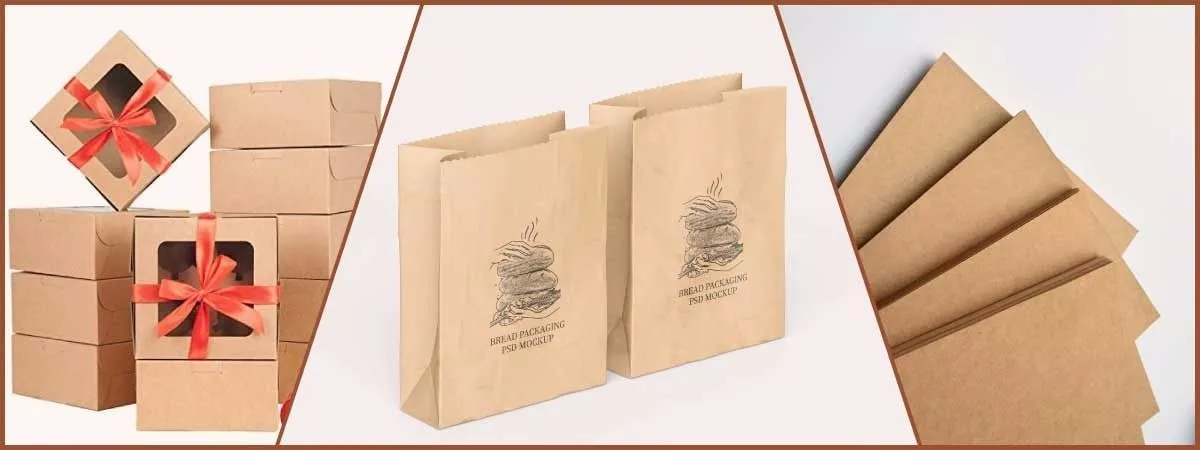
The main advantage of this packaging is its affordability. Yet, you can rest assured that Kraft will be your best bet if you need premium types of food packaging!
3- Corrugated Box Packing Material
Corrugated box packing material is one of the best packing materials for shipping. Why?
First of all, it provides more protection than Kraft paper. Secondly, it is useful for shipping fragile products or products that require extra padding, such as electronics.
The only downside we can get from this material is its expensive cost. Yes, the price varies depending on how much you purchase. However, generally, it will be about double the price per square foot compared to other types of box materials.
4- Rigid Material
Rigid materials are one of the most influential classifications of packaging materials. In addition, this material is the most popular type of retail packaging material. Why?
Because rigid-material boxes are extremely versatile, they will be perfect for transporting products such as cosmetics, book packaging materials, and expensive products.
The main drawback of rigid packaging is that these kinds of boxes take longer to produce. Additionally, these boxes will cost more than other types of packages. Yet, many brands prefer them as the best option for their exclusive products.
5- Aluminum Foil
Aluminum foil comes in rolls with a huge sheet of metal. This custom packaging material also comes with an adhesive side.
This option will also be great for wrapping food items that don’t stick. On the other hand, aluminum foil is sensitive to moisture. Thus, it is not ideal to include it in the packaging materials for food shipping.
6- Polyethylene
Polyethylene is a plastic film that we can typically find in food service establishments such as restaurants and fast food outlets. The best packaging material provides excellent heat insulation. Hence, it is ideal for frozen foods and other items where temperature control is important. As a bonus, polyethylene is also great for protecting your product from rain.
On the other hand, polyethylene is not waterproof. Thus, you cannot use it to wrap clothes, electronics, and some products. Additionally, UV exposure can easily damage this material.
7- Foam
Foam comes in many shapes and sizes. These packaging materials come from polystyrene beads that are heated until they form a spongy material. The main benefit of using foam packaging is that it can be reused numerous times.
The drawback is that there is no lid for foam. So, yes, you will need to mark it with tape.
8- Plastic Bag
If you need to mail something, you can put it in a plastic bag instead of using an envelope or box. Yet, don’t forget that plastic is not recyclable.
The main advantage of using plastic bags as packaging options for products is that they are lightweight. Plus, it is very easy to use. At the same time, it is cheaper than other types of materials, such as cardboard.
Its main drawback is that it might be flimsy and tear easily. This means that there is a risk that your product will fall or even get lost on the way to its final destination. In the worst case, water can seep into the bag and ruin your product during delivery.
9- Stretch Film
Stretch film is another excellent and popular option on our packing material list. When you open your package, there are no unpleasant surprises.
However, this type of packaging also has a downside as it contains non-recyclable plastics. Another thing to note is that it has a greater environmental impact.
10- Shrink Wrap
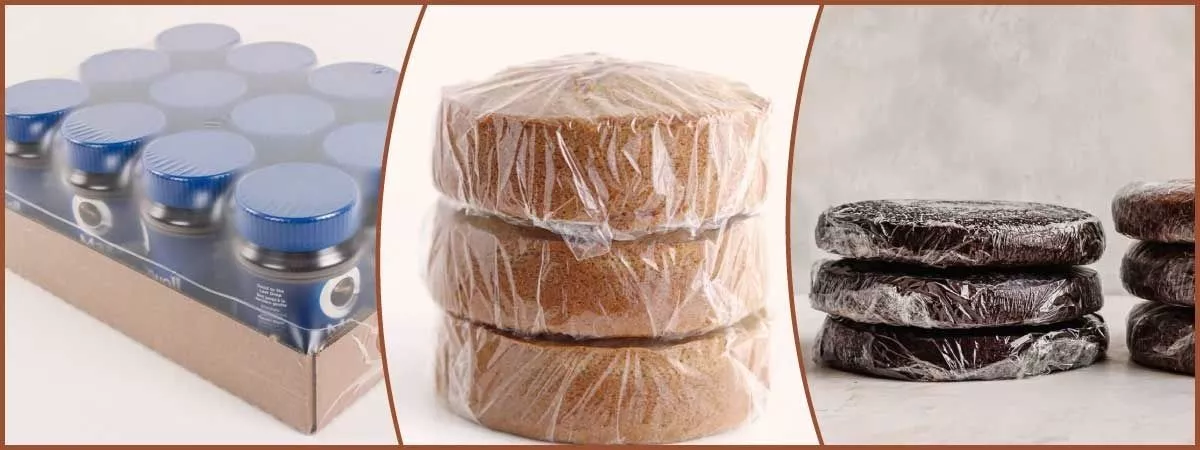
Another great thing about shrink wrap is that it also comes with an adhesive backing on one side. Hence, you don’t have to worry about the lid not closing properly because nothing will fit inside. In this case, you can eventually save time by repacking your shipment.
The main drawback of this material is that it requires some air drying time before your product can be shipped.
What Is the Purpose of Packaging Design Materials and Why Do We Need Them?
Every business requires a variety of packaging material options. These materials are the ones that will protect and preserve your products inside the box.
Let’s make an example to help you understand this better. If you have a restaurant, some customers order takeout.
How should you pack your food?
Of course, your answer is by using the best food packaging material.
Eventually, there will be different types of food packaging to ensure product safety.
What Are the 4 Types of Packaging Materials?
Of course, different types of packaging require different packaging materials. Here’s a quick introduction to the common types of product packaging you can find out about.
Primary Packaging
Primary packaging is very important for those brands that produce perishables. These kinds of packaging are ideal for factories that produce pharmaceuticals, food, beverages, or other items that require compact packaging to preserve and protect the items.
Some samples of this packaging are:
- Plastic containers
- Tin can
- Bubble wrap
- Parchment paper
- And so on
Secondary Packaging
If you need to ship your products, you must repackage them after the primary packaging. This type of packaging is popular as secondary packaging. There are various types of packaging materials used in secondary packaging.
You will find various samples for this packaging, such as:
- Plastic crates
- Wooden crates
- Plastic trays
- EPS trays
Tertiary Packaging
Tertiary packaging is mandatory for the safe transportation and shipping of products. Essentially, this type of packaging ensures an extra layer of security that protects your products from any potential impact.
Some samples in this category are:
- Plastic pallet
- Corrugated fiberboard
Ancillary Packaging
Ancillary packaging is one of the most important types of packaging. In fact, this is an essential consumable in the packaging industry.
Some examples of ancillary packaging are, for example,
- Adhesive or glue
- Tapes
- Printing inks
- Labels
- And more
What Are 5 Characteristics of Good Packaging?
As a brand owner, you need the right and most cost-effective packaging material to pack your products. In this regard, before you start purchasing them, there are a few things you need to consider.
Do note that no matter how many different types of materials you have to choose; you must consider the characteristics below!
Maximum Safety and Durability
Your business needs to invest in durable packaging that provides the best security for your product. You might find many examples of protective packaging there. Yet, remember that your packaging should properly protect the product inside from the elements of nature.
Easy Availability
Make sure that the material you choose is readily and easily available. For instance, you can go with cardboard packaging material as it is easily available and really affordable.
Affordability and Simplicity
All types of boxes used for packaging are required in large quantities. In this context, they must be readily available and inexpensive. After all, investing in expensive packaging will only increase the price of your product. In the end, customers will feel hesitant to purchase from you.
Compliance
Regardless of the different types of boxes, your packaging must comply with the law.
For instance:
- If you need to ship your products daily, you must focus on the shipping box protection
- In case you have an online food brand, you need to pay attention to the best food packaging you should use
Ultimately, you need to research well about where to find packaging materials that best suit your needs
Increase Product Visibility
Indeed, there are various different types of food packaging and retail packaging you can easily explore on the internet. However, the best product packaging should increase product visibility.
To achieve this, you can and should consider the following!
- Light material used in insulation and packing
- Box packaging terminology
- What are packaging materials that suit your budget?
What’s more, you can also use finishing options, add-ons, inserts, and so on. These are ideal for enhancing the appeal and perceived value of your product packaging.
Why Product Packaging Matters a Lot?
Now we come to this point, why product packaging matters a lot for your business?
Product packaging is the most important aspect of shipping and storing your products with care. This includes ensuring your goods arrive in good condition to prevent warehouse damage and theft. Additionally, proper packaging can affect many things.
Moreover, product packaging is also an important part of sustainability. Why?
No matter what products you need to pack, the types of food packaging or retail ones will reduce waste and use fewer materials in the process. As a result, it will help you keep costs low and your carbon footprint low.
Choosing the right method for printing is crucial in ensuring that your packaging aligns with sustainability goals. Opting for eco-friendly printing methods such as digital printing or using recycled materials can further reduce waste and environmental impact.
The Best Uses of Packaging in the Top Three Industries
Understanding how to pack products more securely and effectively has become vital to managing any business. Let’s find out the best uses of packaging in the top three profitable industries!
The Cosmetics Industry
Product appearance provided by packaging influences customers to purchase cosmetics. Cosmetic items are adorable, and thus, the packaging should beautify the items inside. In addition to a lovely product appearance, the packaging box description helps customers get the cosmetics they need.
The Food and Beverage Industry
Along with the growing numbers of restaurants today, we can see various food packaging materials appear. Be it online or in physical restaurants, food brands need the most durable and effective packaging materials to win the market.
On the other hand, product packaging can play a more important role for brands that have their own restaurants. Here, customers will directly judge your edibles on the spot. Hence, you will need to use excellent quality packaging materials for the restaurant.
The Pharmacy Industry
Like food packaging material, packaging for pharmacy products needs to protect and preserve the products inside. This also means that it needs to comply with all the regulations in this industry. For instance, the packaging in this industry should clearly provide detailed product descriptions in every single box.
The Do’s and Don’ts When Designing Your Packaging
Some brands somehow still make mistakes when designing their product packaging. To make things easier for you, below are things you should do and don’t do when designing your packaging!
The Do’s
- Keep the packaging design simple
- Use only high-quality packaging materials
- Make sure your packaging design catches all eyes
- Include all the necessary detailed information
The Don’ts
- Don’t make the boxes too big or too small
- Don’t neglect your branding
- Don’t forget the functionality
Finally, you need to know which of the following is not a function of packaging and why you should not apply it.
Final Ideas
The type of packaging you choose for your product depends on what is important to your business and customers. Considering the different types of packaging materials above, you need to make up your mind. If you need professional guidance in choosing the best packaging materials, consider speaking to the packaging experts at The Custom Bakery Boxes!
